
In 1789 the lands of Germany had been know as the Holy Roman Empire for over 800 years. It was spread all across central Europe and was home to various modern nations, such as Germany, Austria, Hungary, Belgium, parts of Italy, Croatia, Czech, Slovakia and Poland. The most notably member of the Holy Roman Empire were the Habsburg Empire, the Austrian branch which was ruled by Joseph II who also happened to be the elected Holy Roman Emperor. The Kingdom of Prussia had a personal union with the Margraviate of Brandenburg which was situated within the boundries of the Holy Roman Empire.

But the Empire was is its final stage. In neighbouring France the revolution against its king, Louis XVI, led to war with the Holy Roman Empire in 1792. France declared war on Habsburg monarchy of Austria and the Kingdom of Prussia joined Austria’s side. This war is known as the War of the First Coalition, in which also Britain, Spain (which switched sides in 1796), Portugal, Sardinia and Naples and Sicily fought the French and their allies (Batavian Republic after 1795 and immigrant Poles, known as the Polish Legion). France was invaded from several sides, but the initial success of these actions were reversed by the French who imposed the levée en masse and were able to draft a big army and counter-attacked. On several fronts the Austrians and Prussians were pushed back into their own territory and the French conquered various parts of the Holy Roman Empire. In 1795 Prussia stopped fighting and made peace with France at the Treaty of Basel and Austria followed in 1797 with the Treaty of Campo Formio. France gained a lot of territory, the Holy Roman Empire ceded the Austrian Netherlands and parts of Northern Italy and the Rhineland to France, and made the Batavian Republic a satellite state.

Peace, however, was short-lived. The French saw the Rhineland and south western states of the Holy Roman Empire as vital strategic territory and in 1798 a French army under Jean-Baptiste Jourdan marched into the Empires lands and occupied some strategic positions. A new coalition was organized by Austria and Britain, including sleeping giant Russia. The War of the Second Coalition became fact. Major hostilities broke out in 1799, but once again the French armies, now led by Napoleon Bonaparte seemed unstoppable. Bonaparte himself fought the Austrians succesfully in Nothern Italy at the Battle of Marengo (14 June 1800), while general Jean Victor Moreau invaded Bavaria and defeated the Austrians at the Battle of Hohenlinden (3 december 1800). Moreau was threatening Vienna so the Austrians were forced to sue for peace and leave the coalition. At the treaty of Lunéville, 9 February 1801, Austria confirmed all of France’s previous territorial gains and ceded some more land. The French on their side confirmed the Austrian possesion of Venetia and the Dalmatian Coast.

Then again, in 1805, the Holy Roman Empire entered a new, already existing alliance with Britain, Russia, Sweden and the Kingdoms of Sicily and Napels against France. Napoleon had infuriated the Holy Roman Emperor by crowning himself King of Italy which territory was traditionally in the sphere of influence of the Holy Roman Empire. The Holy Roman Emperor was out for revenge being defeated twice by the French. They were up to for the War of the Third Coalition.
The French invaded the Holy Roman Empire through Württemberg in the south-west in September 1805. Because the Holy Roman Emperial army split up and had its main force pointed againt Italy from where they expected the invasion would come, they suffered four defeats in a row in October at the battles of Wertingen, Haslach-Jungingen, Elchingen and Ulm respectively. As a result of the failure at Ulm, the Russians also withdrew towards the east, as did the Austrian troops of the Holy Emperial Army and the two armies joined forces. There were some scuffles with the French during November as Napoleon tried to force the combined Austrian-Russian army to a decisive battle. On December 1st the Russians and Austrians, the latter led by their Emperor Francis II, gathered west of the town of Austerlitz and Napoleon was ready for them. The next day the combined forces’superieur numbers were almost literally crushed in a brilliant tactical masterpiece by Napoleon where its losses were almost 1 out of 10 in favour of the French.
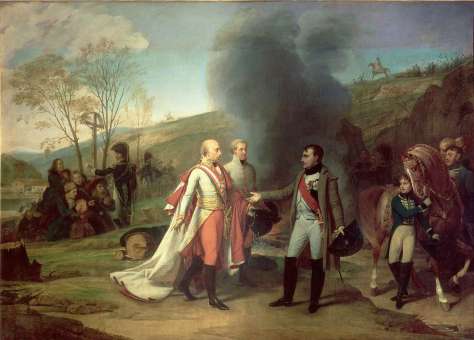
The Holy Roman Empire was beaten once again by the French. At the Treaty of Pressburg, which was signed on December 26th 1805, Napoleon pressed the Francis II to leave the Third Coalition and forced him to cede even more territory to French allies. But maybe even more important was the recognition of the kingly titles of the Electors of Bavaria and Württemberg, both being French allies, which can be seen as a forebode of the dissolution of the Holy Roman Empire.
Napoleon created a new entity out of his German allied nations, The Confederation of the Rhine, in 1806 and not much later, on August 6th. Francis II waived his title of Holy Roman Emporer and became Emperor Francis I of Austria. The Holy Roman Empire had come to an end.
Rulers of The Holy Roman Empire (1789-1806)
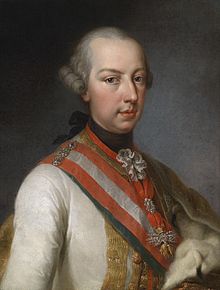
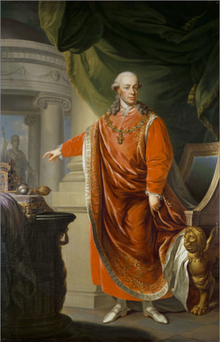
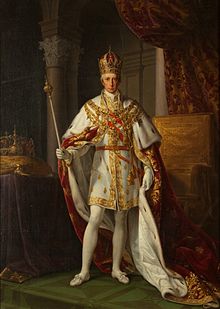
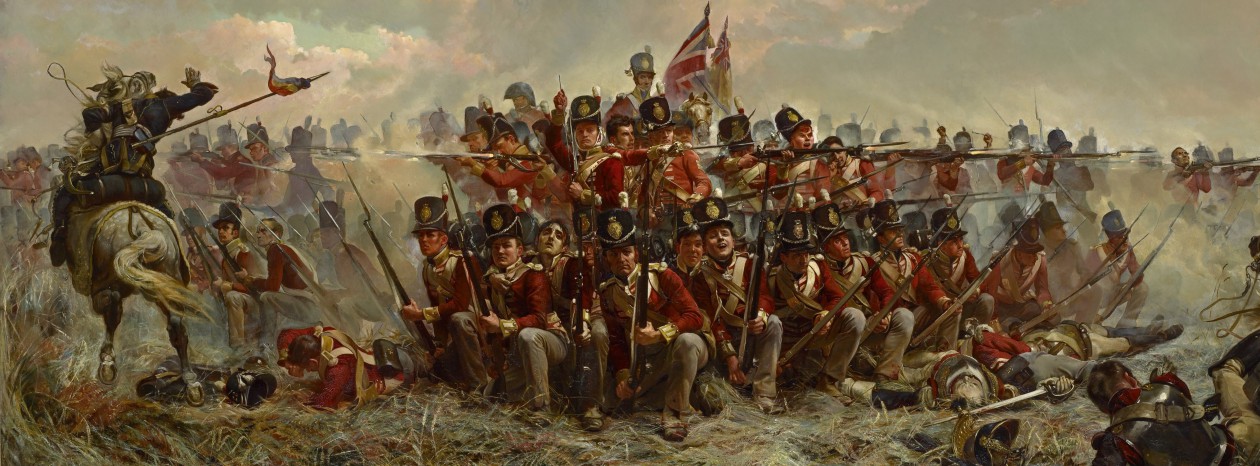
Warfare is a fascinating subject. Despite the dubious morality of using violence to achieve personal or political aims. It remains that conflict has been used to do just that throughout recorded history.
Your article is very well done, a good read.
LikeLike
Thank you Gerald! I hope to be able to write more soon.
LikeLike